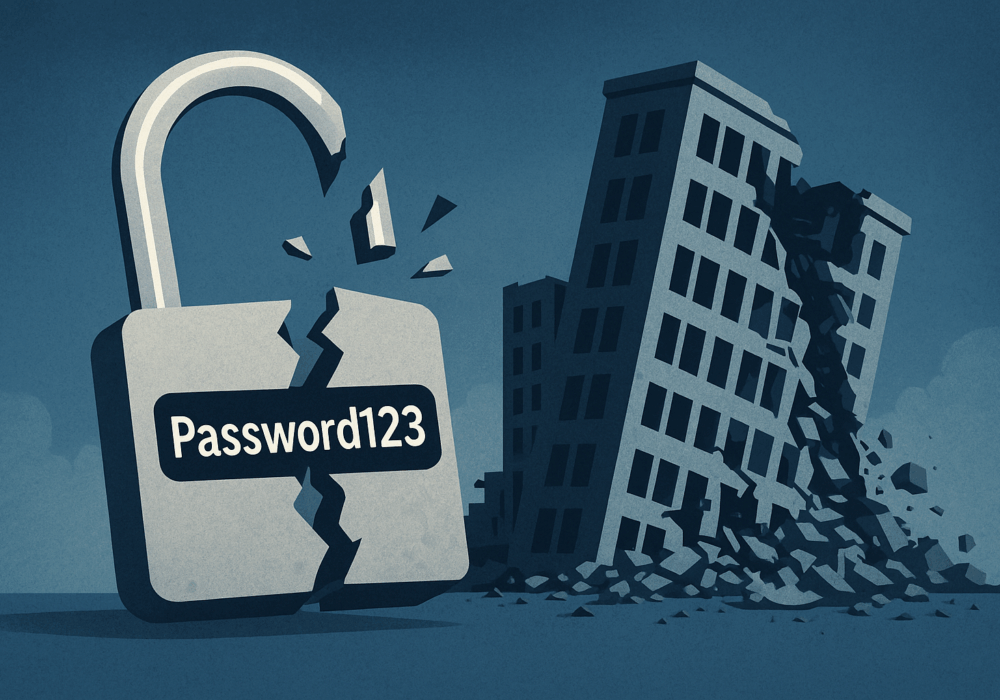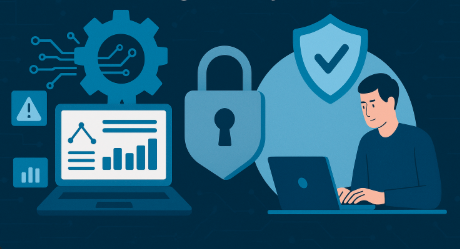The Waterfall Development Methodology was the first process method used in the Software Development Life Cycle. There are two dominant methods in use in SDLC today. They are Agile and Waterfall. In the Waterfall Method, each project (or process) must be completed before the next project can start. Projects are linear, serial development activities where the outcome of one phase acts as the input for the next phase sequentially. Compared to the Agile Method, the Waterfall Method is more structured, where each phase has specific deliverables and review process. The Waterfall Method is more often used for simple, planned, unchanging projects rather than the flexible, customer-involved Agile Method. To learn more about the advantages of the Waterfall Method, see what we have to say below.
Source: TutorialsPoint
Additional Reading: When to Use Agile vs. Waterfall for Your Next Project
Related Terms: Agile Method, End-Of-Life (EOL) – End-Of-Support (EOS), Software Development Life Cycle (SDLC),
That depends largely upon the complexity and length of your development project. It also depends upon the preferences of your development project lead and whether you wish to iterate in near real-time on your development or whether you have a very prescribed, specific target in mind. Ultimately, the decision will be yours to make based upon these and a host of other factors beyond the scope of this article. It’s probably best to research and discuss your decision with your team.
Simple and easy to understand and use.
Easy to manage due to the rigidity of the model. Each phase has specific deliverables and a review process.
Phases are processed and completed one at a time.
Works well for smaller projects where requirements are very well understood.
Clearly defined development stages.
Well understood milestones.
Easy to arrange tasks.
Process and results are well documented.
No working software is produced until late during the life cycle.
High amounts of risk and uncertainty.
Not a good model for complex and object-oriented projects.
Poor model for long and ongoing projects.
Not suitable for the projects where requirements are at a moderate to high risk of changing. So, risk and uncertainty is high with this process model.
It is difficult to measure progress within stages.
Cannot accommodate changing requirements.
Adjusting scope during the life cycle can end a project.
Integration is done as a “big-bang. at the very end, which doesn’t allow identifying any technological or business bottleneck or challenges early.
https://www.youtube.com/watch?v=e1_eD-5zkGY
Discover and share the latest cybersecurity trends, tips and best practices – alongside new threats to watch out for.

Newly discovered Android banking Remote Access Trojan (RAT), dubbed Klopatra, has compromised more than 3,000...
Read more
In June 2025, KNP Logistics Group, a transport company in the UK with 500 trucks and nearly two centuries of...
Read more
Vulnerability scanning and it's human led partner penetration testing (aka "pentesting") are excellent and...
Read moreGet sharper eyes on human risks, with the positive approach that beats traditional phish testing.
